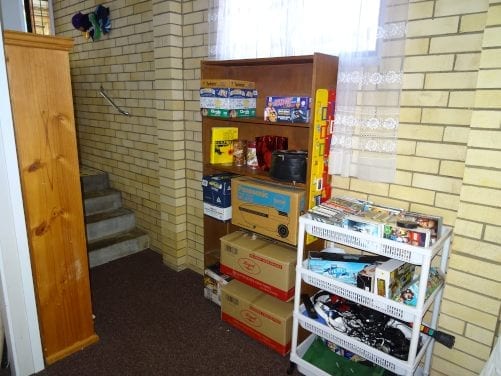Why a conversion of a garage to a living area is not a good idea.
Learn why a garage conversion to living area can cause serious problems QBIS.
- Is it garage conversion possible?
- What problems may develop from conversion ?
- Reasons why high-set houses cannot be effectively converted.
- Will it jeopardise my insurance cover ?
- Misconception of inexperienced builders.
Is it possible to convert a garage to a living area?
This would be dependent upon type of construction. Some garages built in the 1960-1990’s it would be unlikely as they usually have been purpose built as a garage-storage area and will not comply with living area criteria. Some later built garages require none or very little to be converted.
Reasons why some garages cannot be effectively converted to living areas:
- Ceiling height under code requirements.
- Constructed with single brick walls that will allow seepage.
- Rising damp from lack of dampcourse barriers.
- Lack of slab edge rebate and weep-holes.
Some conversions cannot be effectively achieved, short of removing and having it rebuilt correctly as a habitable area.
Problems that may develop from garage conversions to living areas:
- Drainage problems.
- Seepage and/or rising damp.
- Rotting of concealed timber wall framing.
- Attract termites
- Mould forming.
- Potential health risks to inhabitants of the house.
- Affect resale of the house.
Never cover single brick walls with any type of material, otherwise serious problems are most likely to occur!
Can a garage conversion affect my insurance?
A construction that is non-compliant with building code requirements or is being used for other than its original Council approved purpose may not be covered by your insurer, if a claim is made. If in doubt, contact and disclose with your insurer of anything you are aware of or are not sure about.
Misconception of some builders and home owners regarding ceiling heights and compliance:
Some inexperienced builders and the general public are under the misconception that if the ceiling height is 2.4 metres, then it meets the building code requirements. This plays a very small part in evaluating if an area is suitable for use as a habitable or non-habitable area.
General building code requirements for habitable areas:
- Proper drainage and/or water-proofing.
- Required ceiling height of 2.4metres.
- Brick walls with a cavity.
- Rebate to slab edge to form a trough, for water from seepage through the bricks to exit.
- Weep-holes.
- Damp-course barriers.
- Vapor barrier fitted below the slab before pouring slab.
- Appropriate reinforced slab and footings.
- Compliance with building code.
Worth knowing.
Buildings used for anything other than their original intended Council approved purpose, may be a cause of concern with your insurance company, if a claim is ever made!
Especially if it is a rental property.
If in doubt, disclose and check with your insurer.

